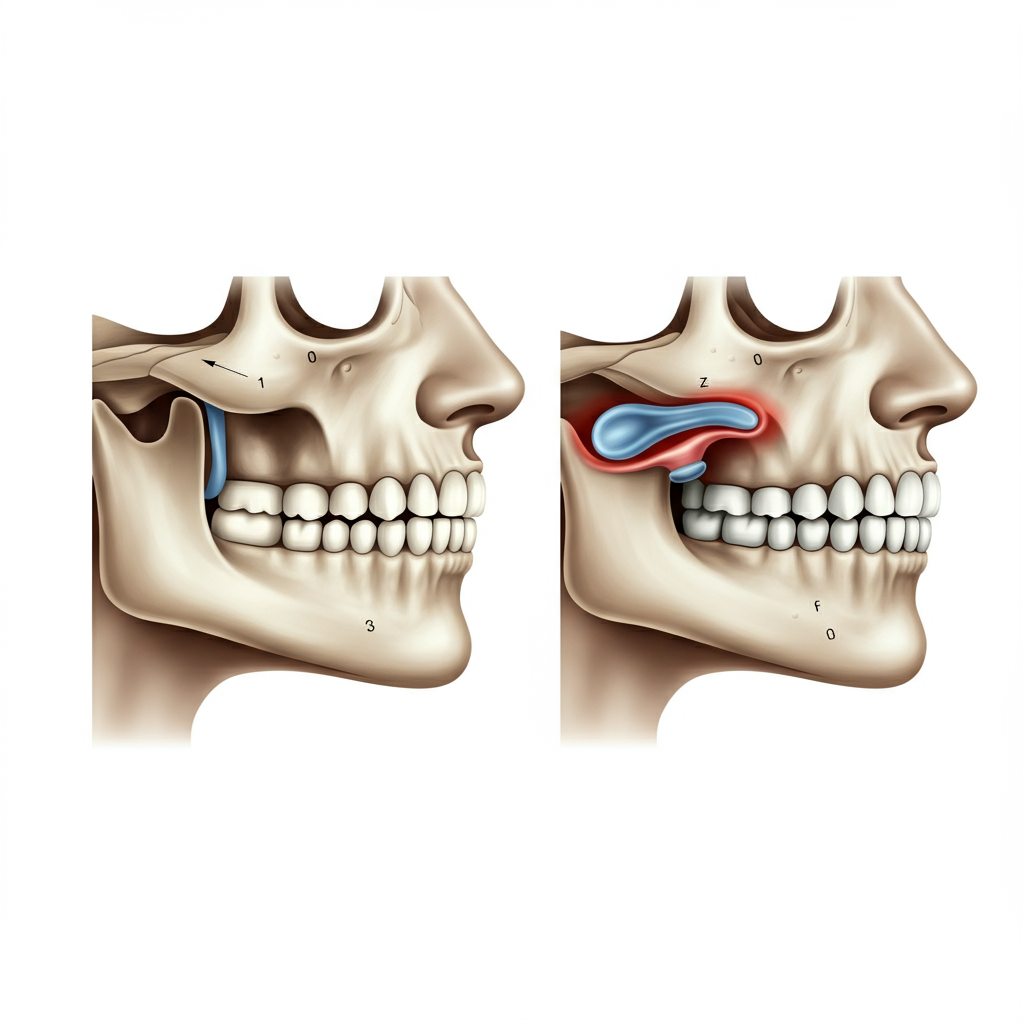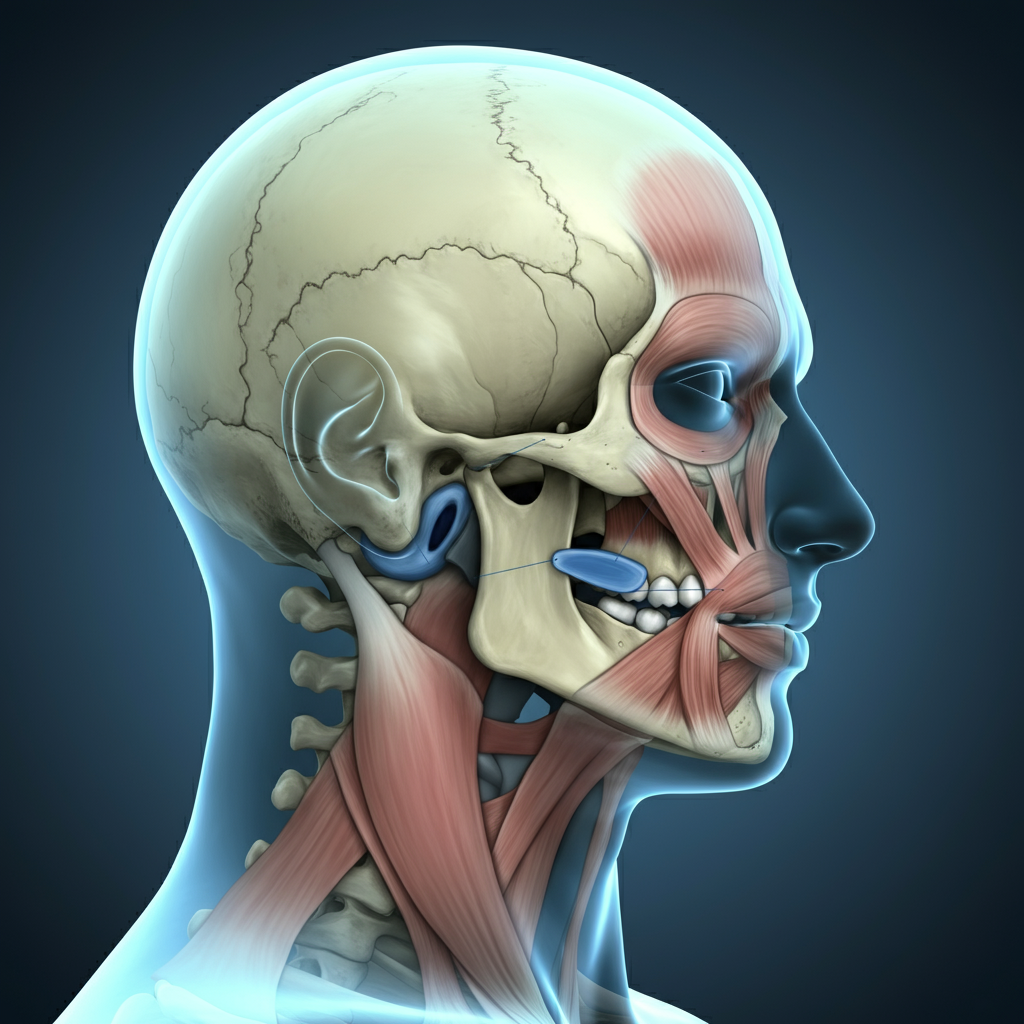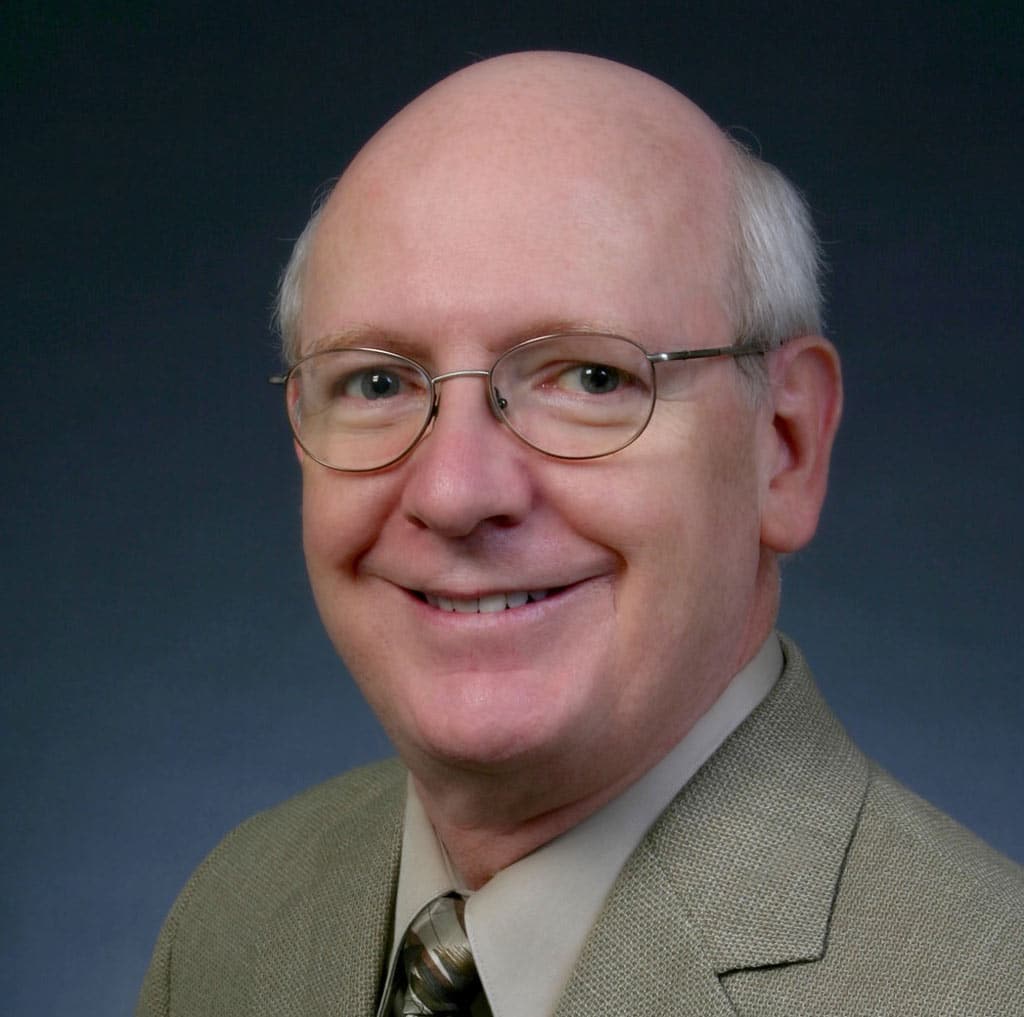TL;DR – Key Points about Mandibular Condylar Hyperplasia (MCH):
- Definition: MCH is a rare disorder where one lower jaw joint (condyle) grows excessively, causing facial asymmetry and bite issues.
- Symptoms: Common signs include facial asymmetry, crooked bite, TMJ pain or clicking, difficulty chewing, and headaches.
- Diagnostic Process: Specialists use physical examinations and imaging such as X-rays, CT scans, and SPECT scans to assess bone growth and rule out other causes.
- Treatment Options: Non-surgical care (braces, physical therapy) can manage mild symptoms, but surgery—either condylectomy (for active growth) or orthognathic surgery (for correcting alignment)—is often required.
- Post-Treatment Care: Braces are usually needed before and after surgery, with follow-up visits and possible physical therapy to ensure healthy, lasting results.
Facial symmetry is something many of us take for granted. However, for individuals with a rare condition known as Mandibular Condylar Hyperplasia (MCH), a noticeable asymmetry can develop, impacting both appearance and function. This condition affects the jawbone, specifically the part that connects to the skull.
This post will guide you through what MCH is, how it’s identified, and the available treatment options to restore balance and function to the jaw.
What is Mandibular Condylar Hyperplasia?
Mandibular Condylar Hyperplasia is a disorder characterized by the excessive, progressive growth of one of the mandibular condyles. The condyle is the rounded knob at the end of your lower jawbone (mandible) that forms the temporomandibular joint (TMJ) with your skull. When one condyle grows more than the other, it can lead to significant facial asymmetry, bite problems, and jaw pain.
This overgrowth typically occurs during the teenage years or early twenties, when facial growth is normally completing. The exact cause of MCH is not fully understood, but it is believed to be related to factors like localized hormonal imbalances, trauma, or inflammation that trigger abnormal cell growth in the condyle.
Common Symptoms of MCH:
The signs of MCH develop gradually. You or a loved one might notice:
- Facial Asymmetry: The most obvious sign is a deviation of the chin to one side. The face may appear longer on the affected side.
- Dental Issues: As the jaw shifts, the teeth no longer align correctly. This can result in an open bite (a gap between the upper and lower teeth when biting down) or a crossbite.
- Jaw Pain and Dysfunction: Some people experience pain in the TMJ, clicking or popping sounds, and difficulty chewing or opening their mouth wide.
- Headaches: Chronic jaw misalignment can lead to tension and headaches.
The Diagnostic Process
Diagnosing MCH involves a thorough evaluation by a specialist, such as an oral and maxillofacial surgeon. The process is crucial for confirming the condition and ruling out other potential causes of facial asymmetry.
- Clinical Examination: The first step is a physical examination of the face, jaw, and bite. The doctor will assess the degree of asymmetry, measure jaw movements, and discuss your symptoms and medical history.
- Imaging Studies: To get a clear picture of the jaw structure, several types of imaging are used:
- X-rays and CT Scans: These provide detailed images of the bones, allowing the surgeon to see the size and shape difference between the two condyles. A 3D CT scan is particularly useful for planning surgery.
- Bone Scintigraphy (SPECT Scan): This is a key diagnostic tool. A small amount of a radioactive tracer is injected into the bloodstream, which then accumulates in areas of high bone activity. A SPECT scan can confirm if the condyle is still actively and abnormally growing. This helps determine the best time for surgical intervention.
An Overview of Treatment Options
Treatment for MCH aims to stop the abnormal growth, correct the facial asymmetry, and restore a functional bite. The approach depends on whether the condylar growth is still active.
Non-Surgical Management
If the condition is mild or if a patient is not a candidate for surgery, non-surgical options can help manage symptoms. These may include orthodontics to help align the teeth as much as possible or physical therapy to address jaw pain. However, these methods do not correct the underlying skeletal asymmetry.
Surgical Approaches
Surgery is the primary treatment for correcting the deformities caused by MCH. The specific procedures depend on whether the condyle’s growth is active or has stopped.
- If Growth is Active (Condylectomy): When a SPECT scan shows the condyle is still growing, the primary goal is to halt this process. A procedure called a proportional condylectomy is often performed. In this surgery, the overgrown part of the condyle is removed to stop its growth and match the size of the unaffected side.
- If Growth has Stopped (Orthognathic Surgery): If the condyle is no longer actively growing but has already caused asymmetry, orthognathic surgery (corrective jaw surgery) is performed. This procedure involves strategically cutting and repositioning the upper jaw, lower jaw, or both to create a more symmetrical and functional alignment.
Often, a combination of procedures is necessary. A surgeon might perform a condylectomy to stop the growth and then perform orthognathic surgery at the same time to correct the existing asymmetry.
Post-Treatment Care and Considerations
Recovery and follow-up care are essential for a successful outcome.
- Orthodontics: Braces are almost always required before and after surgery. Pre-surgical orthodontics prepare the teeth for their new position, and post-surgical orthodontics fine-tune the bite once the jaws are realigned.
- Recovery Period: After surgery, patients can expect a period of swelling, discomfort, and a modified diet. The surgeon will provide specific instructions on diet, hygiene, and activity levels.
- Long-Term Follow-Up: Regular follow-up appointments are needed to monitor healing and ensure the stability of the results. Physical therapy may also be recommended to improve jaw function and muscle coordination.
Living with Mandibular Condylar Hyperplasia can be challenging, but with proper diagnosis and a comprehensive treatment plan, it is possible to achieve a balanced, functional, and confident smile. If you suspect you have symptoms of MCH, consulting with a specialist is the first step toward a solution.




